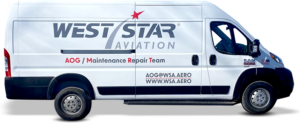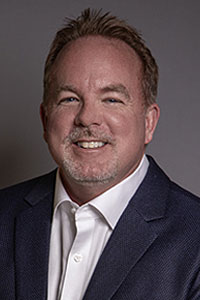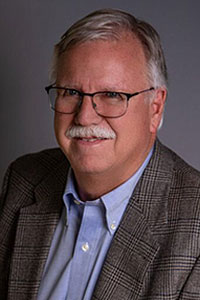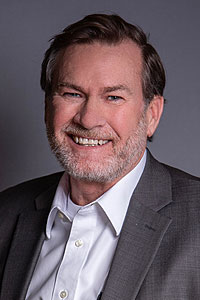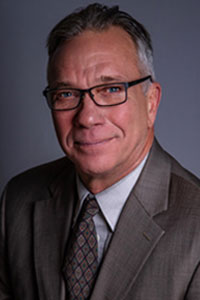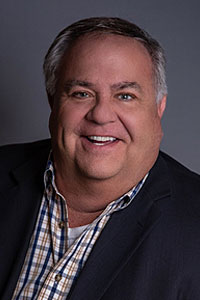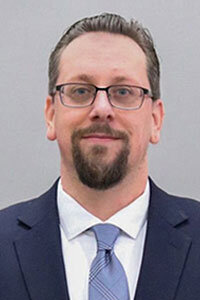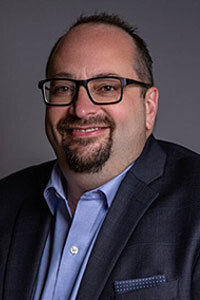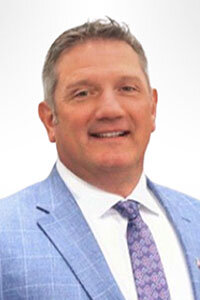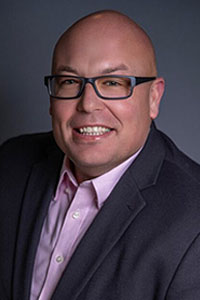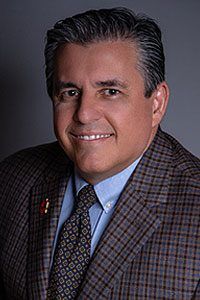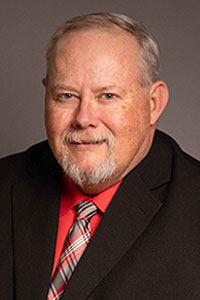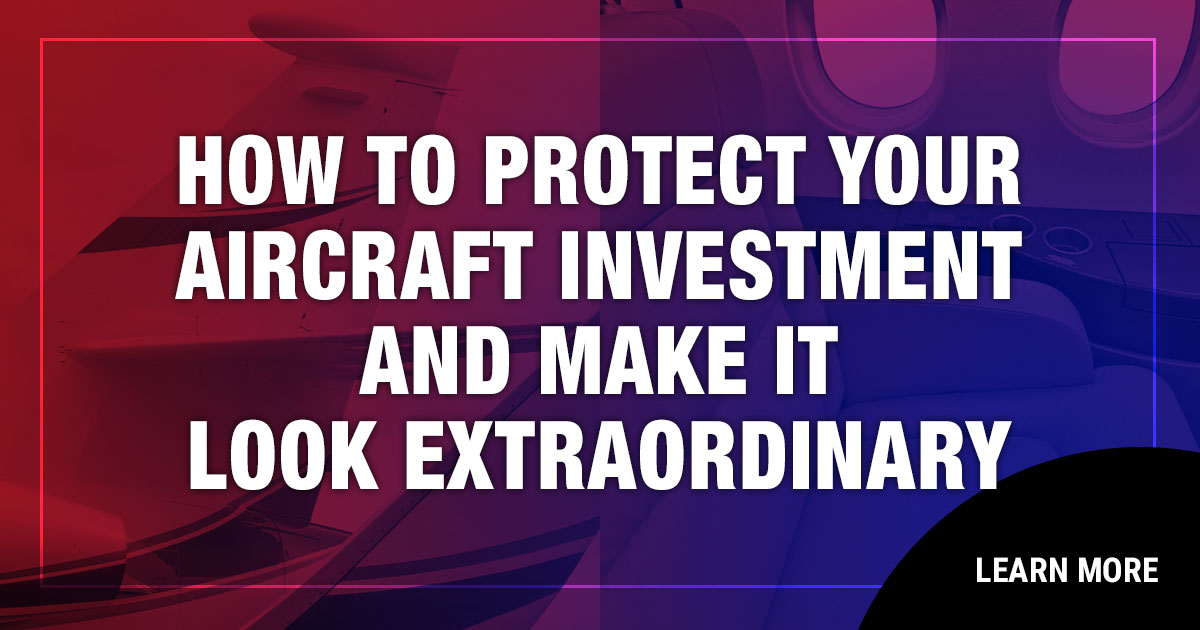
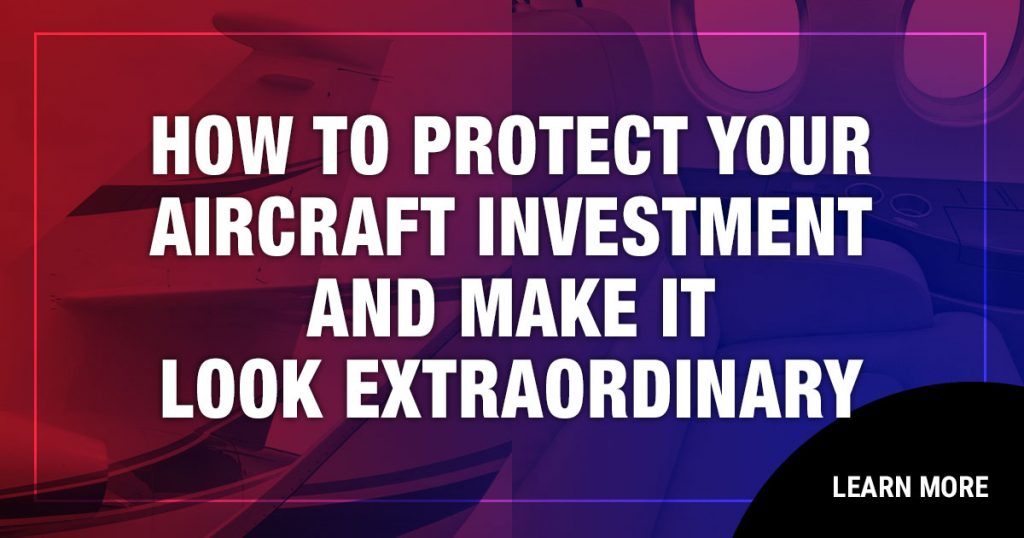
Exterior Paint
Let’s talk about the different levels of paint protection and products used in the industry today. Throughout the life of an aircraft exterior paint job, there are different products that can be used depending on the condition and oxidation levels of the paint.
A good baseline product is Wax, Nupower II wax, used at West Star Aviation, which typically lasts 4-6 months and is a budget friendly option. It restores and protects all types of paint.
Next step up from Wax is ceramic coating. An excellent Aviation Ceramic coating product is Element 119 Diamond S. This coating offers protection for 3-5 years and is a good option for newer paint jobs or customers that are looking to extend the life on the aircraft’s paint job.
Depending on the initial condition of the paint, here at West Star, we prefer to quote ceramic coatings after seeing the paint’s condition to factor in paint correction and polishing.
Keeping Your Interior Fresh
Typically, with aircraft maintenance events, the carpet is removed to access the floorboards and other components below the floor. This is a perfect time to have your carpet removed and cleaned. It’s best practice to fully remove the carpets from the aircraft before deep cleaning. West Star Aviation uses a carpet extractor machine as it minimizes the amount of water used to avoid any potential carpet shrinkage. TFS Carpet Cleaner is recommended for excellent results. This process freshens the look of your interior, something everyone can appreciate!
Deep leather cleaning for the seats/dados/sidewall is also another great option to help freshen the look of a dated interior. Often leather surfaces can be freshened up just by removing surface dirt and stains. West Star’s interior specialists recommend using Perrone Leather Cleaner and Conditioner and a mild abrasive applicator. Be sure NOT to use harsh chemicals or cleaners not intended for purpose.
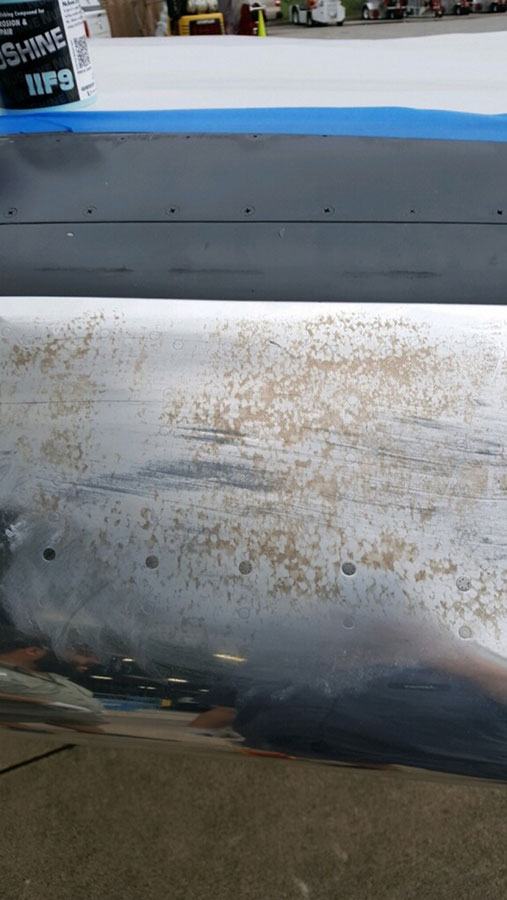
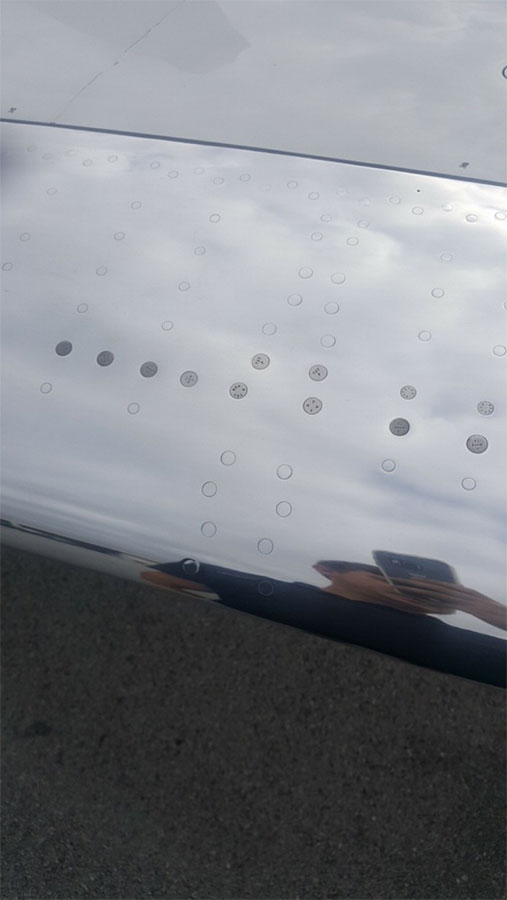
Britework
Briteworking wing/stab leading edges should be a part of every operator’s preventative maintenance routine. Time and time again, we perform inspections of wing leading edges and horizontal stab leading edges and find surface and intergranular corrosion. Most OEMs do not allow ANY corrosion on a flight surface, this leads to Engineering Orders and costly repairs, possibly replacement. Briteworking/ polishing of these bare metal surfaces on a regular basis will help keep corrosion at bay and reduce costs down the road.
West Star recommends having britework done 3-4 times per year depending on aircraft utilization, but no more than once per month. Over polishing can damage the metal.
Cleaning and preparation depends on the current condition of the metal. Sometimes a two-step process is required with different levels of polish. West Star recommends Nuvite – NuShine IIC first to remove oxidation and then repolish with Nuvite – NuShine IIS as a final polish for a mirror-like finish.
Most OEMs recommend applying Xzilon 3 (05-706) after britework is polished as this will protect the metal and is an excellent corrosion inhibitor. For Bombardier models, if the AMM procedure for polishing wing leading edges is followed, there will be no impact on the material thickness over the life of the aircraft.
Other tips to remember when polishing britework:
- NuShine cleaning agents generally go a long way – so use small amounts
- DO NOT over polish in one area for too long – this can burn the polish into the metal and is extremely difficult to remove
- NEVER polish in direct sunlight, only in the hangar or shade
- DO NOT use solvents to remove remaining polishing compound – this can stain the surface – instead use flour to absorb any remaining compound and wipe down with a clean, dry Rymplecloth or flannel cloth
For more information on these or any other services that can help protect your aircraft investment while in for maintenance, please contact any of the specialists listed below:
Connor Mottice
423.320.6156
cmottice@wsa.aero
Dewayne Stoker
423.580.8202
dstoker@wsa.aero
Dave Grasle
618.971.6410
dgrasle@wsa.aero
Jeff Messmer
314.607.4069
jmessmer@wsa.aero
